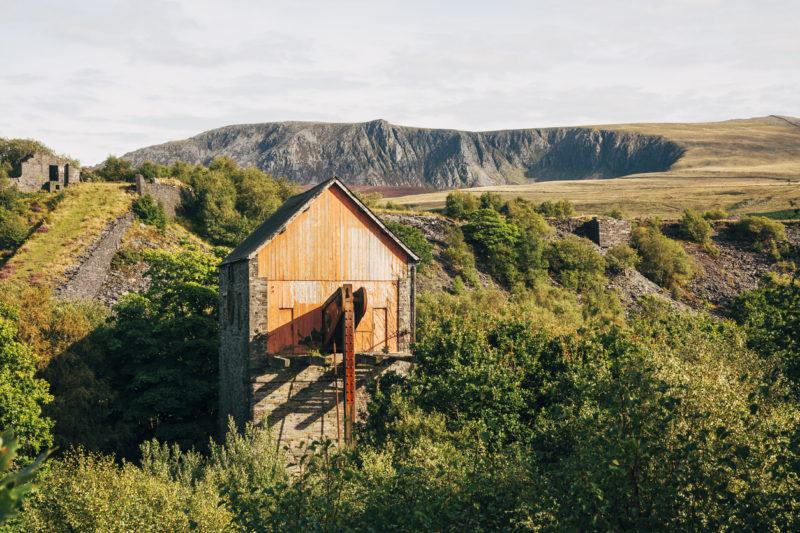The story of Dorothea Quarry begins in the early 1820s. It is found in the Nantlle Valley, Wales, or Dyffryn Nantlle if one wishes to use its Welsh name.
This valley was a place where religion and science battle. During the 19th century, it became a center for many in the debate between Diluvialists, those that firmly believe that the great biblical flood was the only force that shaped the Earth’s landscapes, and the Glacialists, who supported Glacial Theory. Both categories found their own set of evidence right here for how the valley was formed, including the origin of drift sediment.
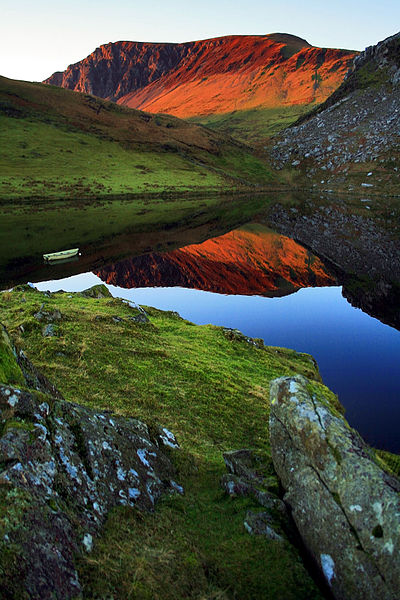
The Dorothea Quarry was one of quite a few small, independent quarries found in the valley, the oldest of which, Cilgwyn quarry, dates from the 12th century. Due to the depth of the slate veins in Nantlle Valley, the six pits at Dorothea ran vertically down, the deepest almost 350 feet below ground. This meant that innovative means were employed to lift the slate up to the surface, and to constantly pump out water as the men were working well below the water table level.
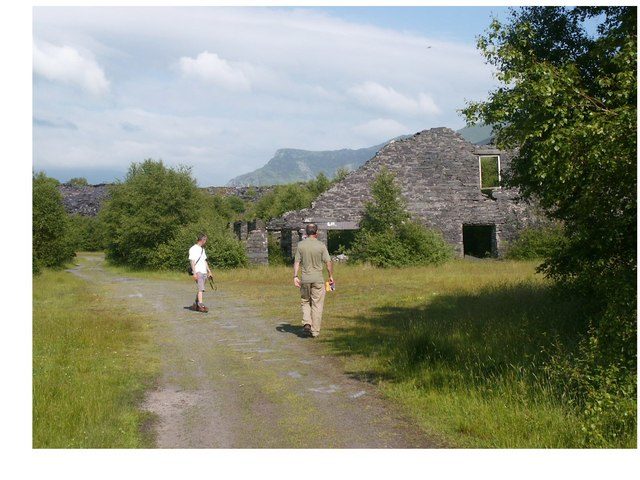
The Nantlle Railway, which opened in 1828, was a horse-drawn tramway used to transport the slate mined at Dorothea and other quarries in the valley to the port at Caernarfon. A private tramway network was also established inside the quarry grounds. As production increased, so did the need for a much more powerful transport. In 1869, the decision was made for Dorothea Quarry to start using the narrow gauge De Winton locomotives, one of the first quarries to do so. The Nantlle Railway additionally served as passenger line for a short period from the mid-1850s, running from Caernarfon to Talysarn.
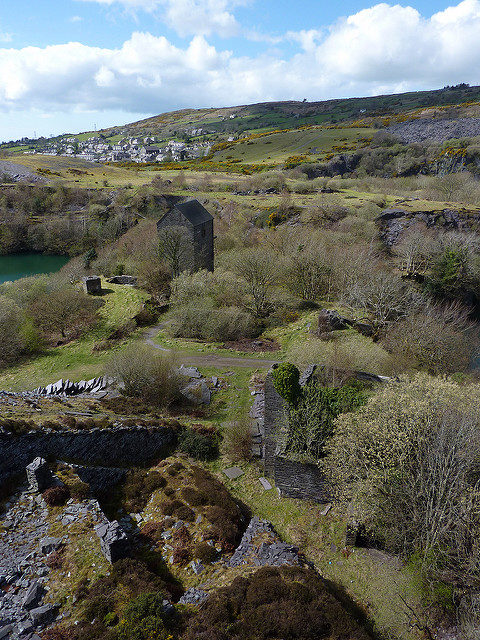
Around the time the railway opened, Dorothea Quarry employed around 350 people. It was bought in 1835 by an English gentleman named Muskett who invested heavily in new equipment. But it seems his planning was ill-advised for he was soon declared bankrupt. Muskett was chased out of town by the angry miners who were owed wages, and the quarry closed for a short time. However, it was soon back up and running.
By 1848 this quarry was the largest employer in the valley, and it continued to grow over the following decades. At it’s peak in 1872, the quarry was producing around 17,500 tons of slate per year, up from 5,000 tons during its early years. Dorothea quarry fell into financial troubles for a second time during the second world war.
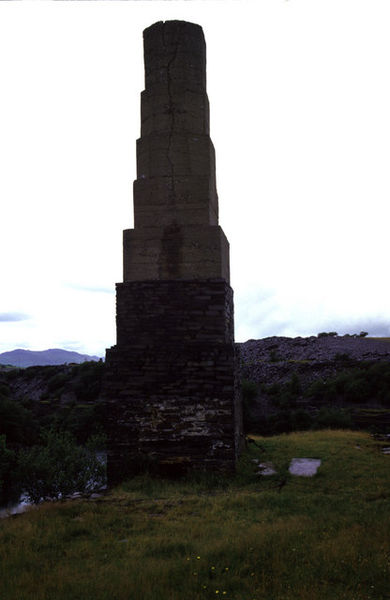
Following the end of the war, the quarry pushed on, despite all difficulties. It was finally closed in 1970 after a century and a half in the business of slate production. The electric pumping engine which had kept the kept the pits free from ground water since 1951 was turned off and, like many abandoned quarries or mines, Dorothea flooded.
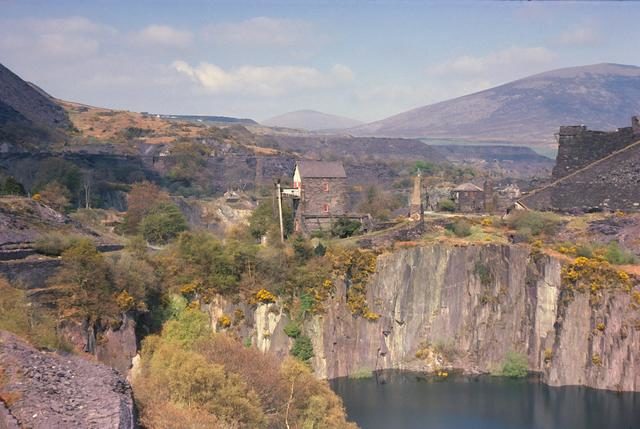
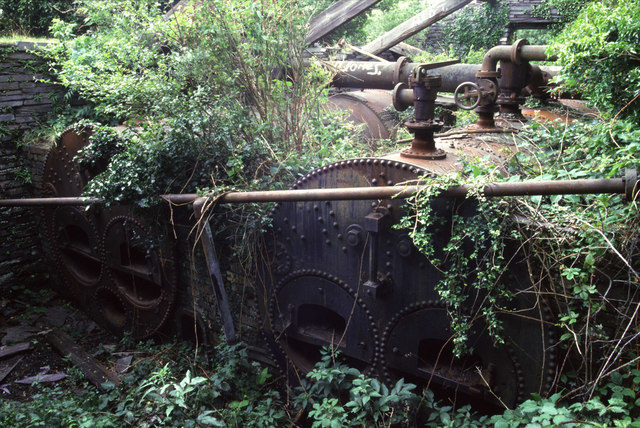
One attraction at Dorothea Quarry are the remains of the first mechanical pumping engine, a steam powered Cornish Beam Engine which was installed in 1904 and is unique in the area.
A second attraction of such deep flooded pits is as a place for extreme scuba diving, even though diving here is strongly advised against by local authorities and diving organisations.
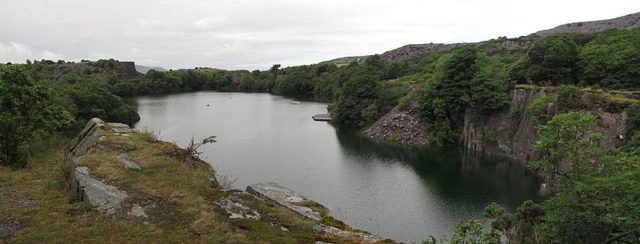
The ban on diving was placed there for a reason. But there are those that just don’t like to follow the rules, even when doing so puts themselves in danger. At least 25 divers have died at this pool in recent year, earning it the sobriquet of “Pool of Death”.
Despite the deaths, people still come from all over the world take part in secretive and inadvisable activities, such as being launched by a handmade catapult down into the pool. Or placed inside a giant plastic ball and rolled down the hill into the water.
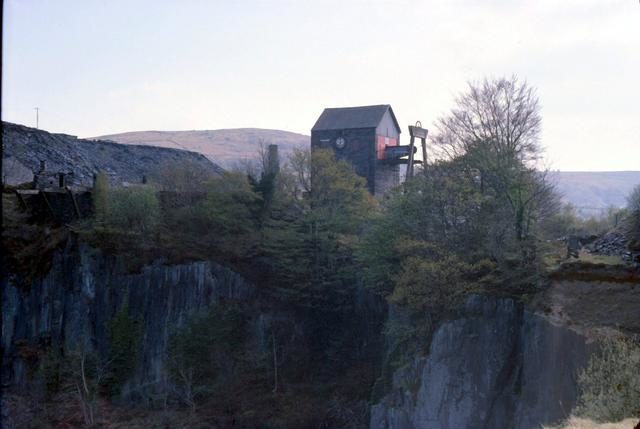
“Other terrifying footage sees people being rolled off the top of cliffs in zorbs and into the water below as others crowd round to watch” wrote the Daily Mail in an article about these events. Reports of injuries are numerous and make headlines in some of the news pages, the likes of “Diver dies after rescue from notorious Dorothea Quarry in North Wales” (walesonline.co.uk).

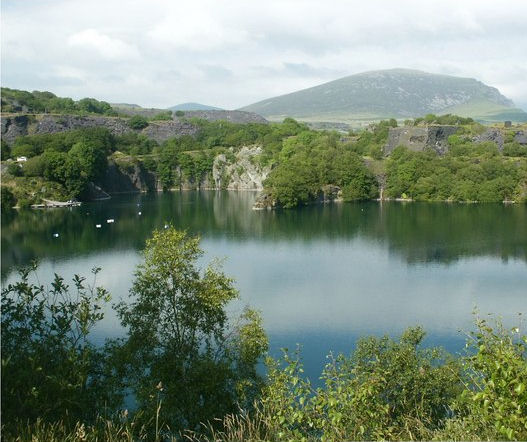
But not all who have died in this quarry were divers. Some of them were urban explorers, casual swimmers, and hikers. Even to this day, Dorothea Quarry remains a top spot for adrenaline junkies and all those that just can resist the call of the Pool of Death.
